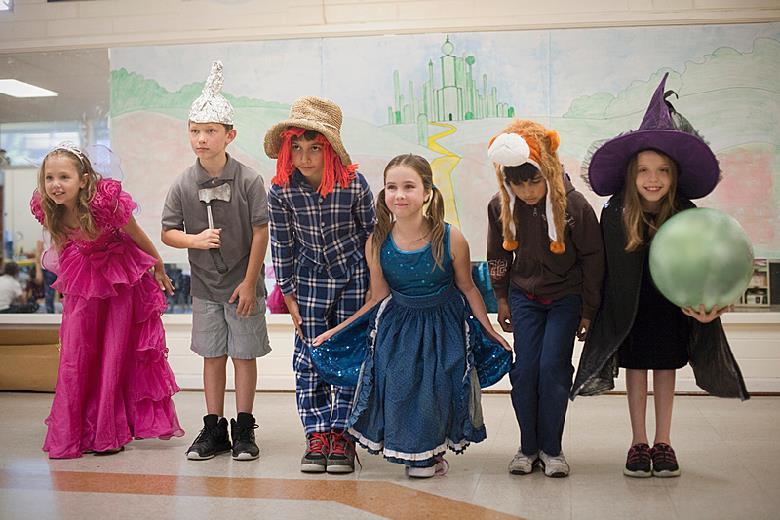Storytelling and dramatic play are powerful tools for nurturing children’s language development, creativity, and social skills. Through imaginative exploration and role-playing, children can express themselves, expand their vocabulary, and develop narrative comprehension. In this article, we’ll explore engaging activities that encourage storytelling, role-playing, and imaginative play, fostering a love for storytelling and language development in children.
- Storytelling Circle:
- Gather children in a circle and encourage each child to contribute to a collaborative story.
- Start the story with a simple sentence or prompt, and let each child add their own sentence or idea to continue the story.
- Encourage creativity and imagination as the story unfolds, and celebrate the unique contributions of each child.
- Puppet Theater:
- Set up a puppet theater using a cardboard box or a table draped with fabric.
- Provide children with hand puppets, finger puppets, or homemade puppets made from socks or paper bags.
- Encourage children to create their own puppet shows, improvising storylines, dialogues, and characters.
- Dress-Up Corner:
- Create a dress-up corner filled with costumes, hats, accessories, and props.
- Encourage children to dress up as different characters and engage in imaginative role-playing scenarios.
- Provide thematic props and prompts to inspire storytelling and dramatic play, such as a doctor’s kit, a tea party set, or a spaceship cockpit.
- Story Stones:
- Decorate smooth stones with pictures or symbols representing characters, objects, places, or actions.
- Place the story stones in a basket or bag and invite children to draw one stone at a time to create a story based on the images they select.
- Encourage children to use their imagination to connect the images and develop a coherent narrative.
- Shadow Theater:
- Set up a makeshift shadow theater using a large sheet or a blank wall and a bright light source behind it.
- Provide children with cut-out figures or puppets to cast shadows on the screen.
- Encourage children to create shadow stories and scenes, experimenting with movement, light, and perspective.
- Imaginary Play Spaces:
- Create themed play spaces based on children’s interests and imaginations, such as a pirate ship, a castle, a space station, or a jungle.
- Provide props, costumes, and accessories related to the theme to enhance the immersive experience.
- Encourage children to inhabit different roles and engage in imaginative play scenarios within the themed environment.
- Storytelling Cards:
- Create sets of storytelling cards featuring characters, settings, objects, and actions.
- Invite children to draw cards from the deck and use the images as prompts to create their own stories.
- Encourage children to sequence the cards to develop a beginning, middle, and end for their stories.
Storytelling and dramatic play provide valuable opportunities for children to explore their creativity, language skills, and social interactions in a fun and engaging way. By incorporating these activities into daily routines, parents and educators can support children’s development and inspire a lifelong love for storytelling and imaginative expression. Encourage children to unleash their creativity, embrace their unique voices, and embark on exciting storytelling adventures that fuel their imagination and foster a love for language and narrative.

